Are you a beginner in abstract painting and wondering what is the most appropriate painting format for your next masterpiece?
I’d like to show you the major differences between painting on a small format and painting on a large format.
To illustrate my examples, I’ve decided to show you a small 20cm x 20cm painting and a “large” 80cm x 80cm painting.
Small format, ideal for beginners
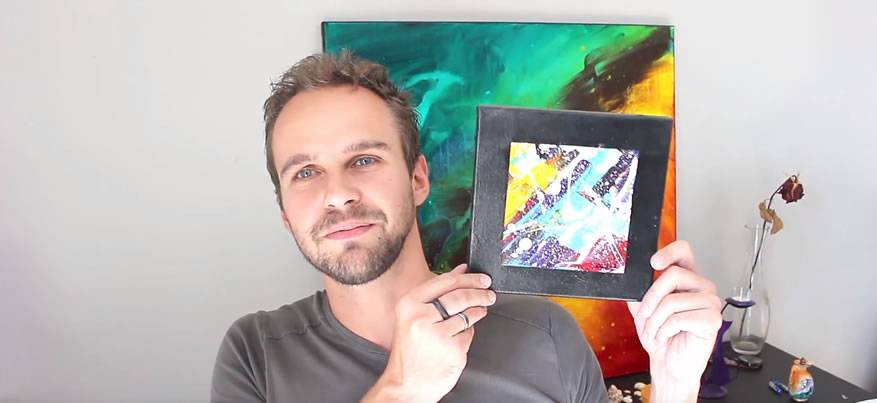
I find that the small format is the simplest and most suitable approach for beginners wishing to learn abstract painting.
The benefits
Chassis price
A small-format frame, as in my example 20cm x 20cm, will cost just a few euros. Whereas for a large format, e.g. 80cm x 80cm, you’ll need to invest several dozen euros.
Paint savings
One thing’s for sure: when you start out, you’re going to have to practice, experiment, discover how paint reacts and how to use your equipment (again and again and again).
You’ll probably have to repeat your painting several times.
You’ll use much less paint on a small frame, so it’s more economical to work on a small surface.
Easier to use space
When you work on a small format, you’ll easily and quickly cover all the available space, unlike a large format.
Special equipment not required
You can easily work on a small board without having to use an easel or special support.
Disadvantages
- Small formats are less visible in exhibitions
- Small formats are less coveted by buyers in the contemporary art world, particularly in abstract painting.
Painting a large picture
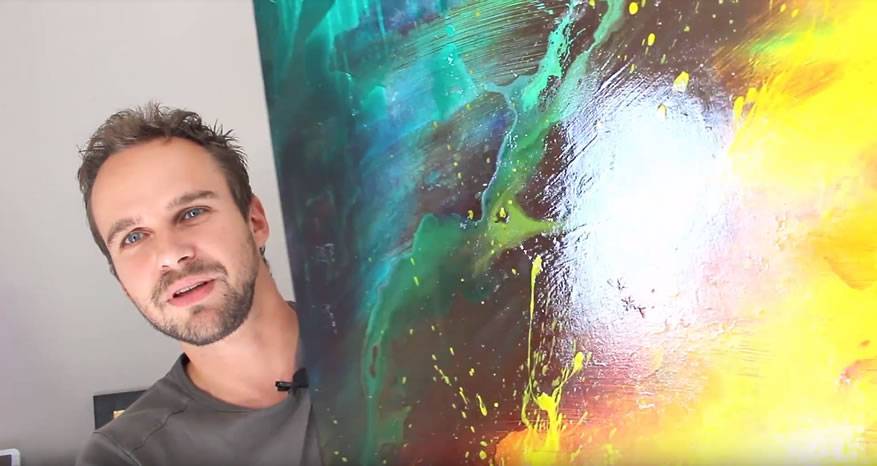
Benefits
- Large formats are highly prized in the world of contemporary art
- A large-format board is an effective means of expression, provided you know how to use it (use of space, balance, etc.).
Disadvantages
- Large-format painting requires specially adapted painting equipment
- You need a certain budget to be able to buy a large frame, materials and a certain quantity of paint.
- The storage of large paintings is more delicate. It takes up a lot of space and you’ll need a dedicated storage area.
- Transporting a large painting is more delicate
- Acrylic paint dries quickly, so you’ll need to pay more attention to the execution time of your painting.
- The first few times, the large formats are impressive and it is sometimes difficult to take the plunge with confidence.
- You’ll need to be able to stand back, not get bogged down in the details of the painting, and make good use of the space on your canvas. (Finding the right balance)
The equipment
As we’ve seen, there are differences between the materials needed for a small painting and those required for a large one.
Brushes
If you’re working on large formats, use large spalters. For example, size 80 or size 100 spalters.
If you want to buy Spalters at a good price, click here
The paint to use
As far as paint is concerned, I recommend that you work with study/fine paint and not extra-fine paint.
If you’d like to know more about the different types of paint, I recommend my article: Types of fine and extra-fine acrylic paint.
Varnishes
There’s no need to change your varnish, either with a spray varnish or a liquid solution (solvent type).
The space
To be able to see the whole picture, you absolutely must have the space to step back and see if you’ve occupied the space on your canvas correctly.
Where to buy your chassis?
As always, I recommend “Gerstaecker” chassis. I love this brand and find it great value for money:
Discover and order “Gerstaecker” chassis
The chassis I use in my case
Today, in 2017, I use different types of chassis.
Although I no longer make small paintings, I still use small formats to compose polyptychs. (Triptychs, quadriptychs, etc.)
A polyptych is a painting composed of several frames.
When I work on a single-frame painting, I often use square formats: 80cm x 80cm or even 100cm x 100cm. I also create tall or panoramic paintings: for example 120cm x 40cm.
As I tell you in the video, many painters say the following: “Once you’ve had a taste of the big frames, it’s very hard to go back.” And I can confirm that this is the case! At least for me 😉
To conclude
If you’re a beginner, I’d recommend taking it easy and starting with small formats (even if the urge is there!).
In fact, skipping stages can create real frustration, and can even discourage you from continuing your learning and pursuing this beautiful passion: abstract painting!
What about you?
What kind of stretchers do you prefer to paint on? Please leave your comment at the bottom of this page.
Pack offert : Techniques, matériel & guide
Pour vous lancer dans la peinture abstraite dans de bonnes conditions, je vous offre ce pack comprenant mon guide du matériel, un cours de peinture abstraite et une avalanche de conseils !
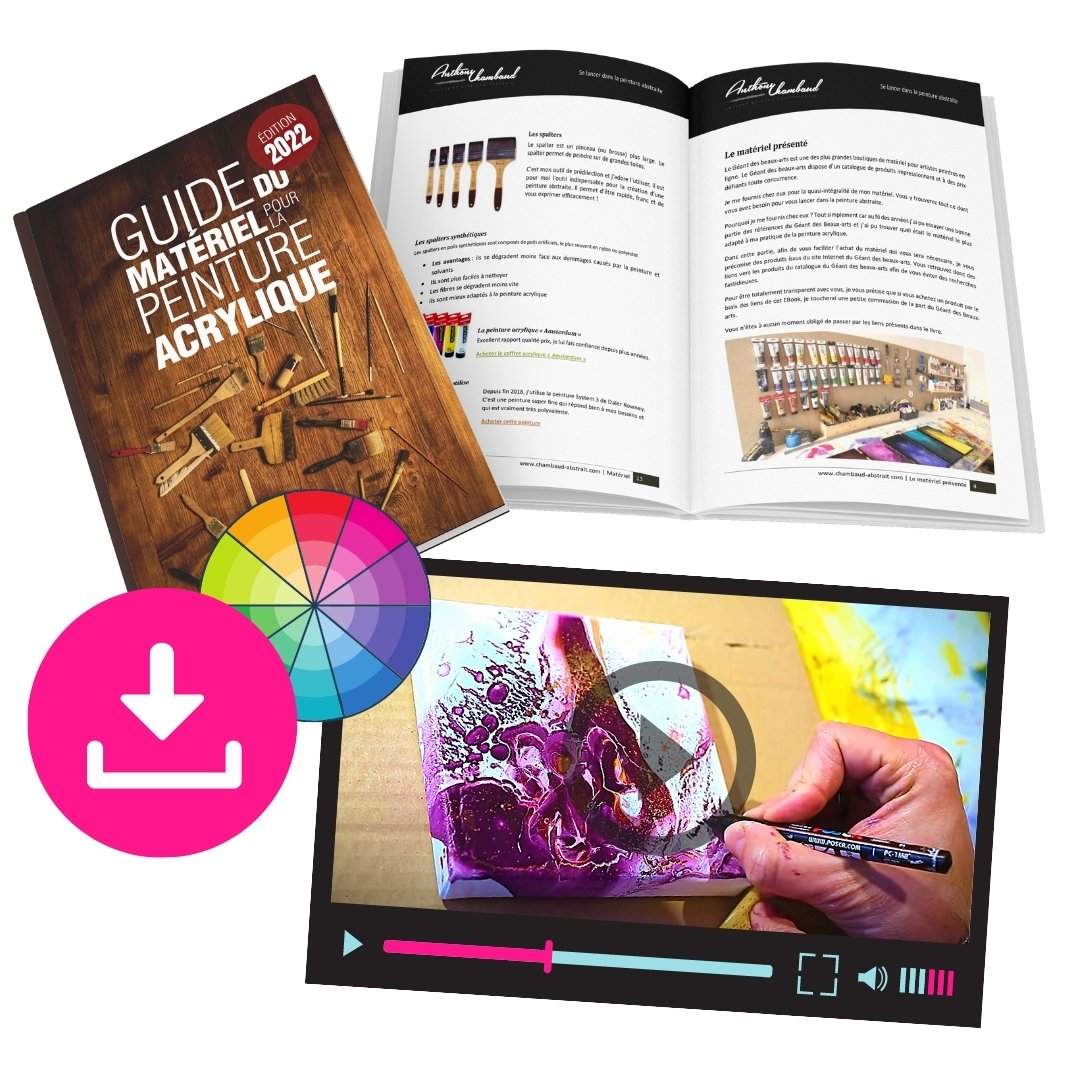
Continuer et télécharger

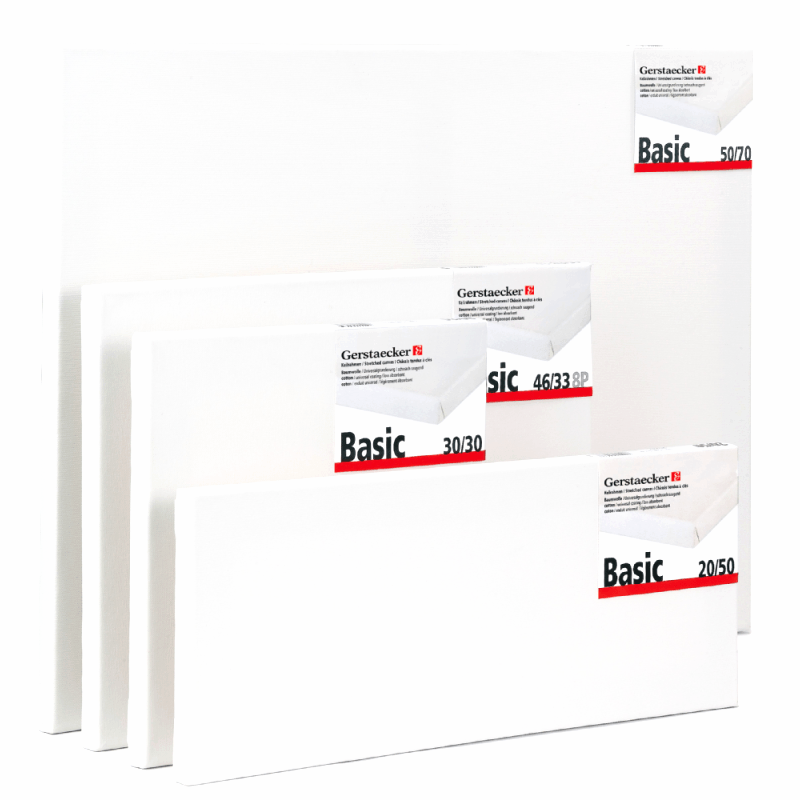
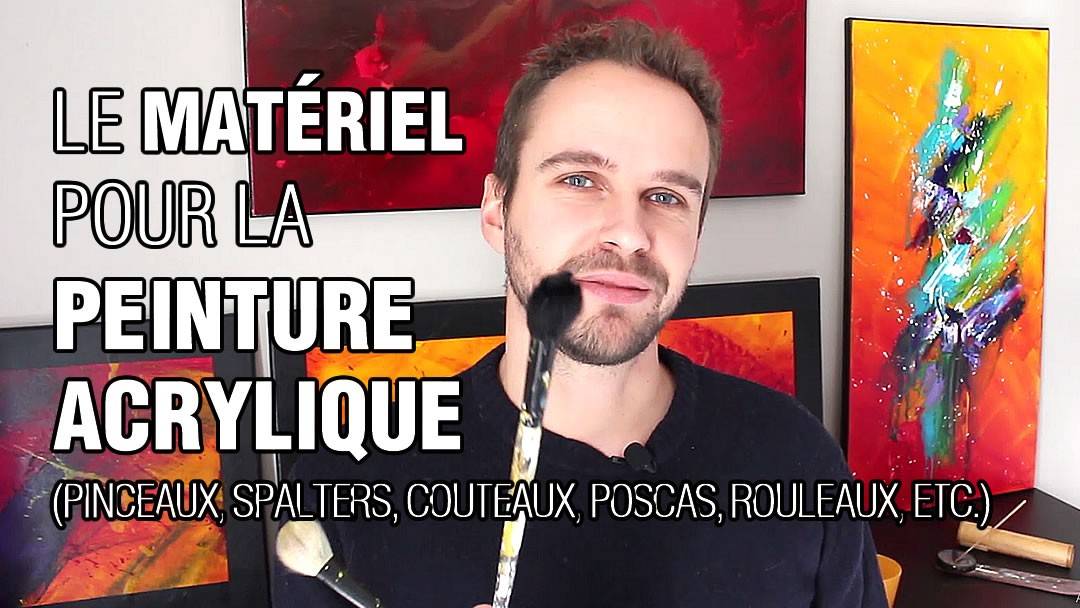

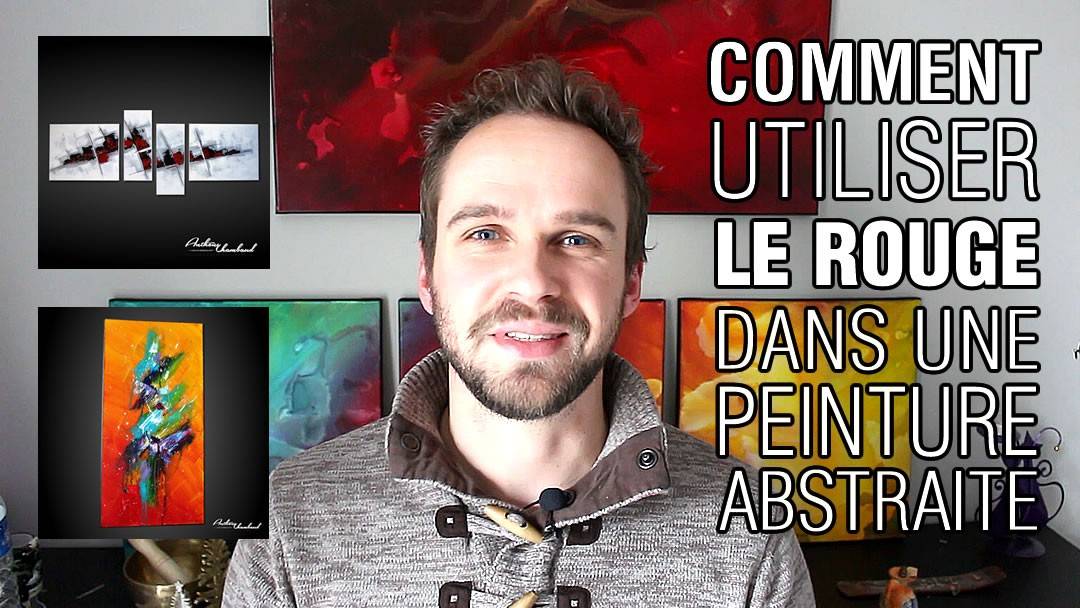


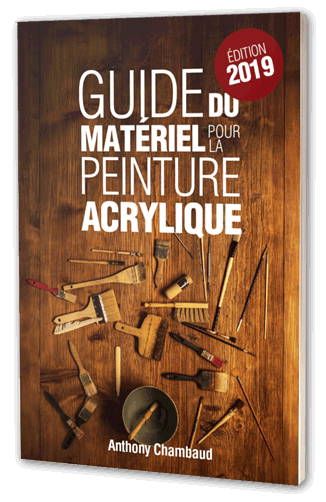


 Recevez votre Pack du peintre débutant
Recevez votre Pack du peintre débutant